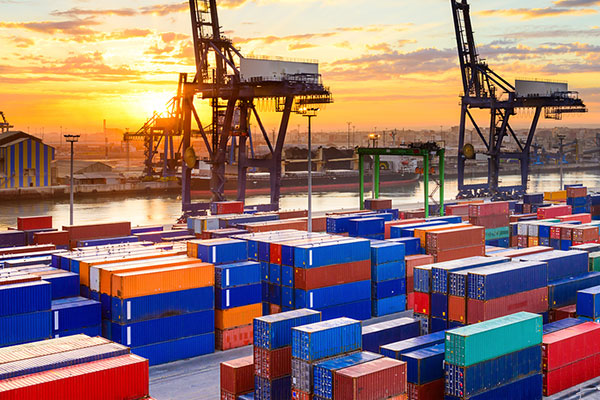
Oman Q1 trade balance jumps 48pc to top $3.2bn
MUSCAT, August 27, 2018
Oman’s trade balance — the difference in value between its exports and imports — reached RO1.266 billion ($3.28 billion) during the first quarter (Q2) of this year as against RO857 million in Q2 2017, marking a growth of nearly 48 per cent, a media report said.
The Omani economy is on a positive rebound, spurred by a strong uptick in international crude oil prices and coupled with measures to rein in domestic spending, reported Oman Daily Observer, citing the Central Bank of Oman (CBO).
The price of Omani crude averaged $63.9 per barrel during the first half of this year (January-June) as against $51.8 per barrel for the same period of last year, the apex bank stated in its monthly review of banking and monetary developments for June.
“Inflationary conditions continued to remain benign in the Sultanate and the average consumer inflation moderated to 0.7 per cent during January-June 2018 from 1.9 per cent in the same period last year,” CBO said in its review.
The banking sector also posted significant gains in supporting economic activities by catering to the credit requirements of various segments of the economy, the Central Bank said.
The combined balance sheet of conventional and Islamic banks and windows (other depository corporations) indicate that the total outstanding credit extended by other depository corporations (ODCs) increased by 6.1 per cent to RO24.3 billion as of June-end 2018. Credit extended to the private sector rose by 5.1 per cent to RO21.7 billion.
“The disaggregated information on private sector credit exhibits that the non-financial corporate sector gained the highest (45.8 per cent), followed by the household sector (45.5 per cent), financial corporations (4.9 per cent) and other sectors (3.8 per cent),” the report quoted the Central Bank.
Total deposits held by banks grew 4.5 per cent to RO22.3 billion as of end-June 2018. Private sector deposits increased 4.7 per cent to RO14.2 billion. Of this total, the contribution of households was 49.4 per cent, followed by non-financial corporations (29.6 per cent), financial corporations (18.5 per cent) and other sectors (2.5 per cent), according to the Central Bank.
The upbeat figures come on the back of an 8.7 per cent growth in Oman’s nominal GDP during 2017, versus a contraction of 3.0 per cent in 2016, the report said.







